The harvest season at the University of Copenhagen (UCPH) started on the 30th July and is the final harvest of the five-year project, PROTEIN2FOOD. This year’s harvest at the farm, Højbakkegård, started with the legumes, which include winter fava beans, lentils, peas and lupins. All of which have been brought into the barn where they await processing. The grains, including quinoa and amaranth, have be harvested around the beginning of September. The harvest has been successful this year, as it includes an additional year of replication to the overall project and studies, and is expected to provide interesting results, especially as the rainfall has been much higher than last year.
The harvesting was completed with the use of a combiner that automatically weighed the crops as they were harvested. The combiner was also equipped with a GPS tracker to make sure that it followed the experimental designs and that it drove in a perfectly straight line along the narrow plots.
After harvesting, the researchers brought the seeds to the barn, where they were dried and cleaned in a threshing machine, separating the seeds from the rest of the plant. Following threshing, the seeds were weighed and analysed for their protein content. To analyse the protein content of the seeds, the researchers milled the samples and used a machine called the ‘Flash 2000’. This machine follows the principles of chromatography, plotting the presence and amount of the element of interest, in this case nitrogen.
This final harvest marks the end of the PROTEIN2FOOD project and all the trails that UCPH have run over the last five years, however the researchers are eagerly waiting for everything to be harvested and threshed, so they can draw conclusions – or perhaps even find more research questions!
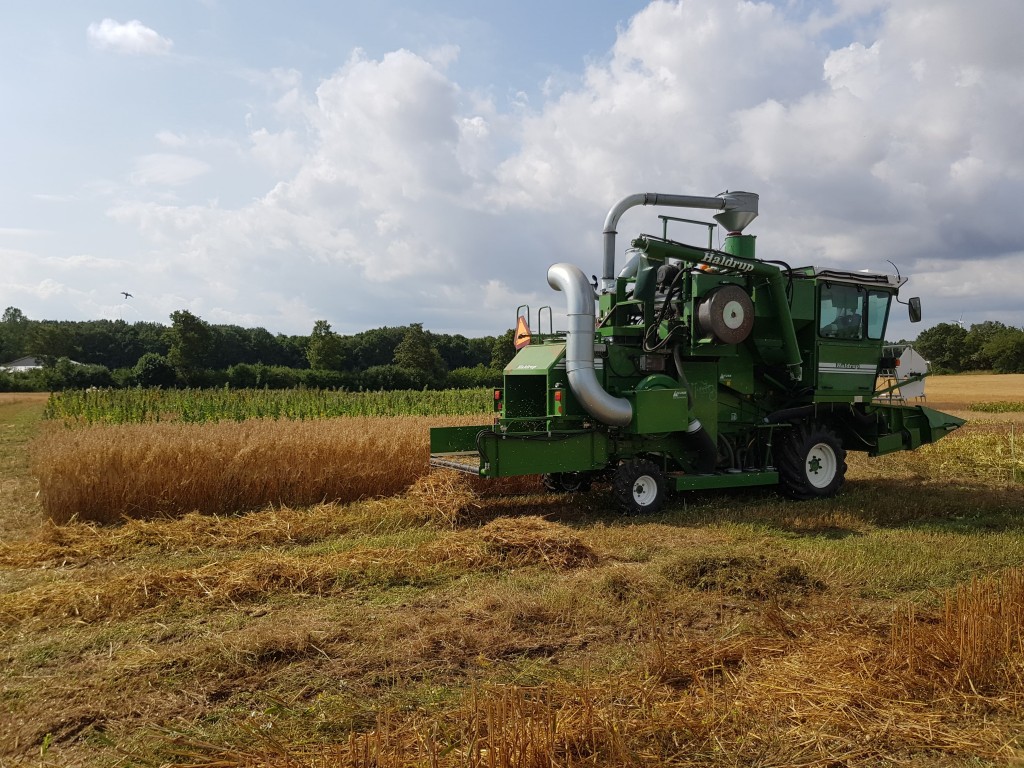
Combine Harvester 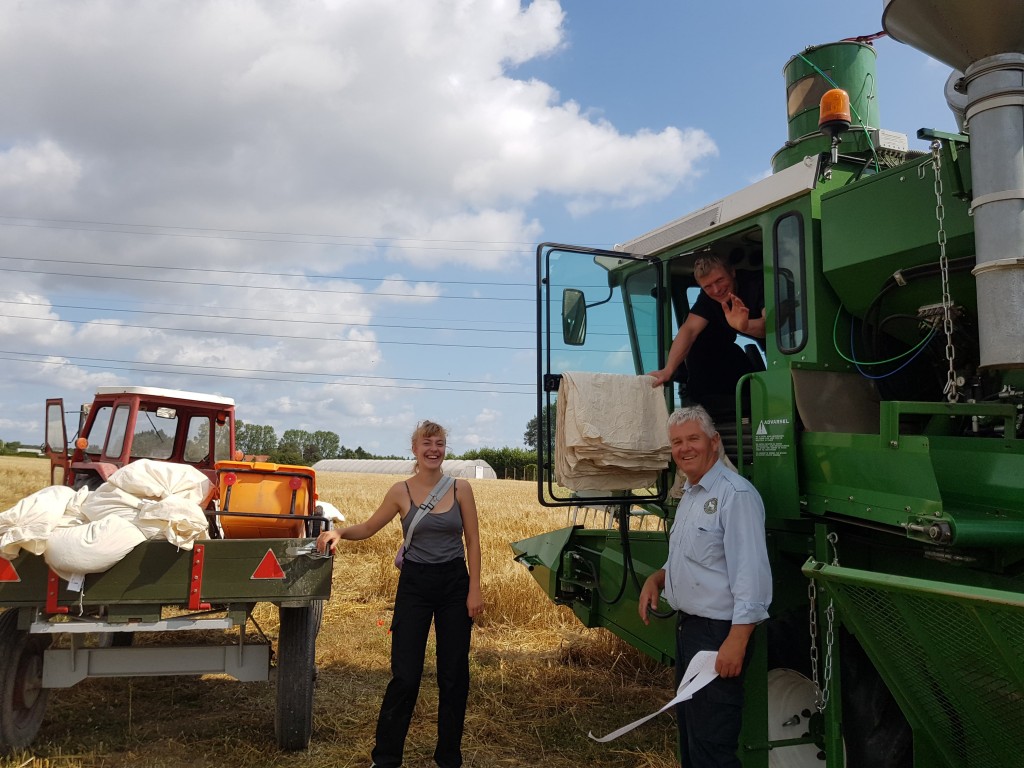
Student Research Assistant (Lucy Owens) & Research Technicians 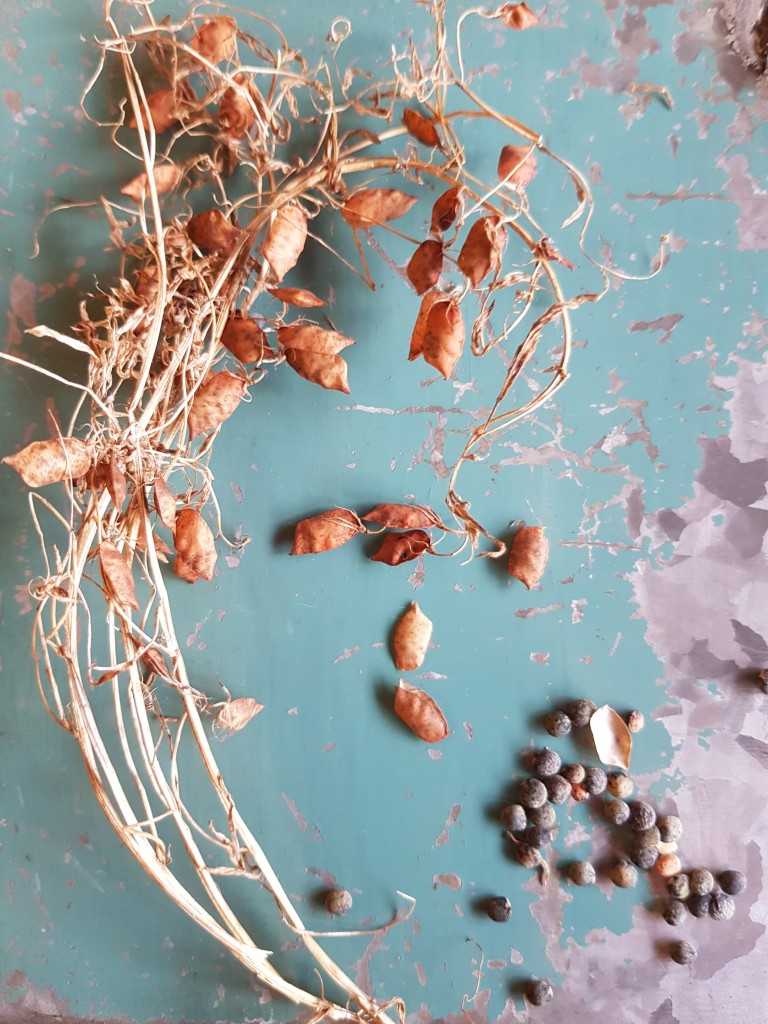
Dried Lentils 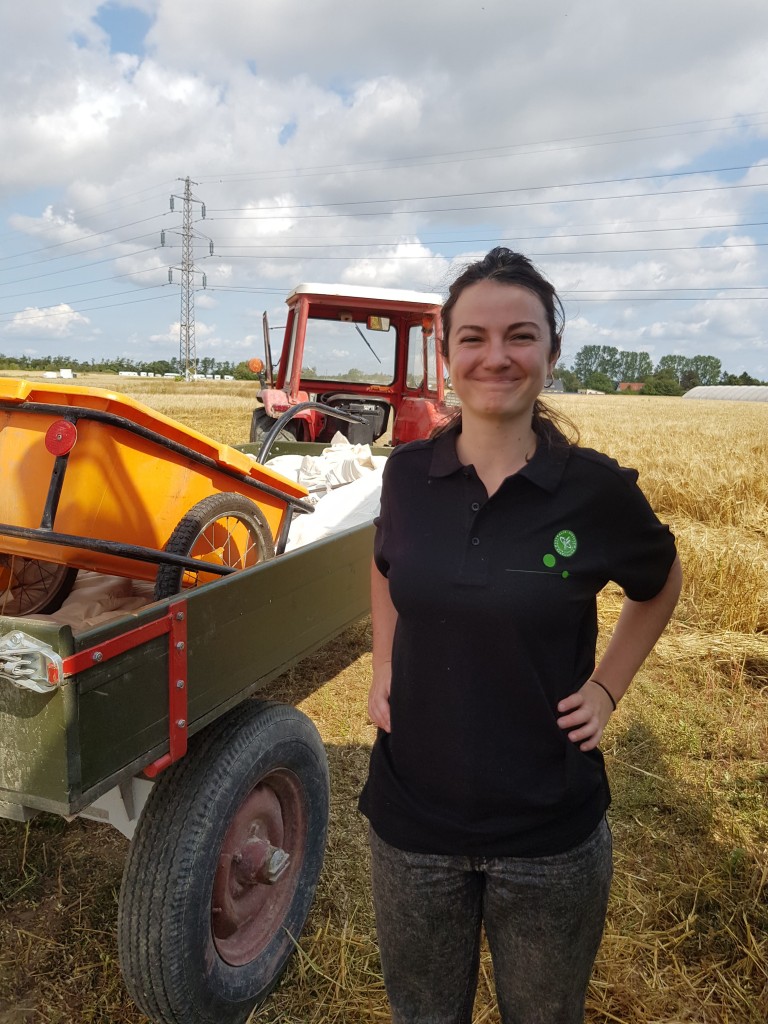
Researcher (Nes Odone) 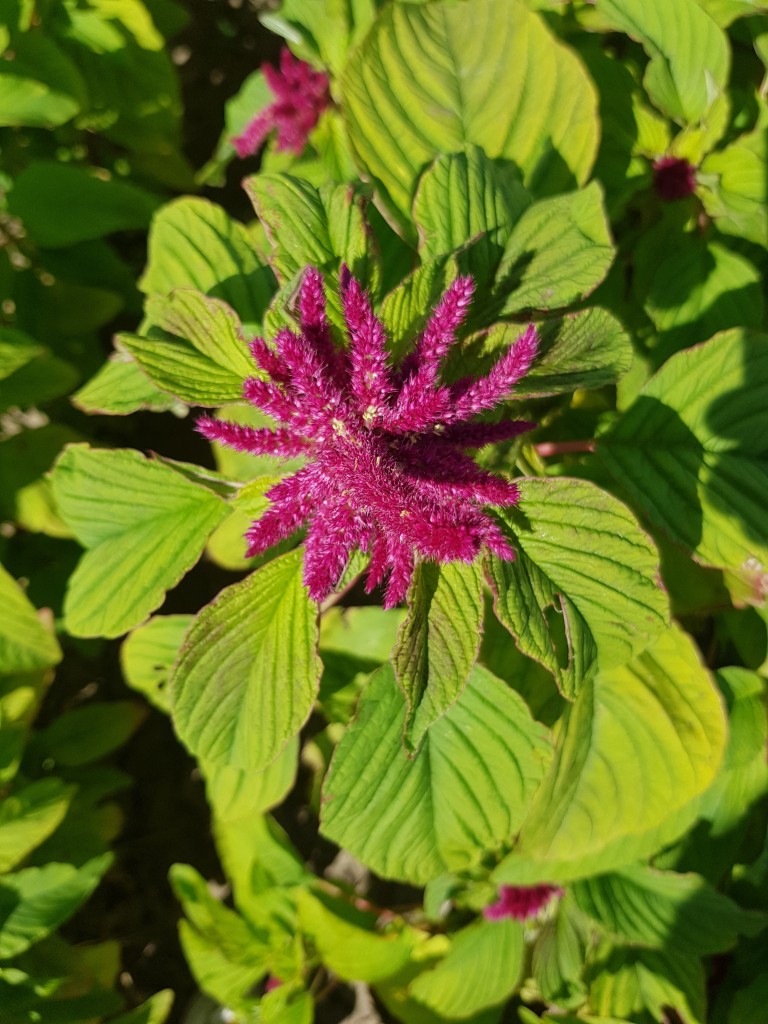
Amaranth in full bloom
